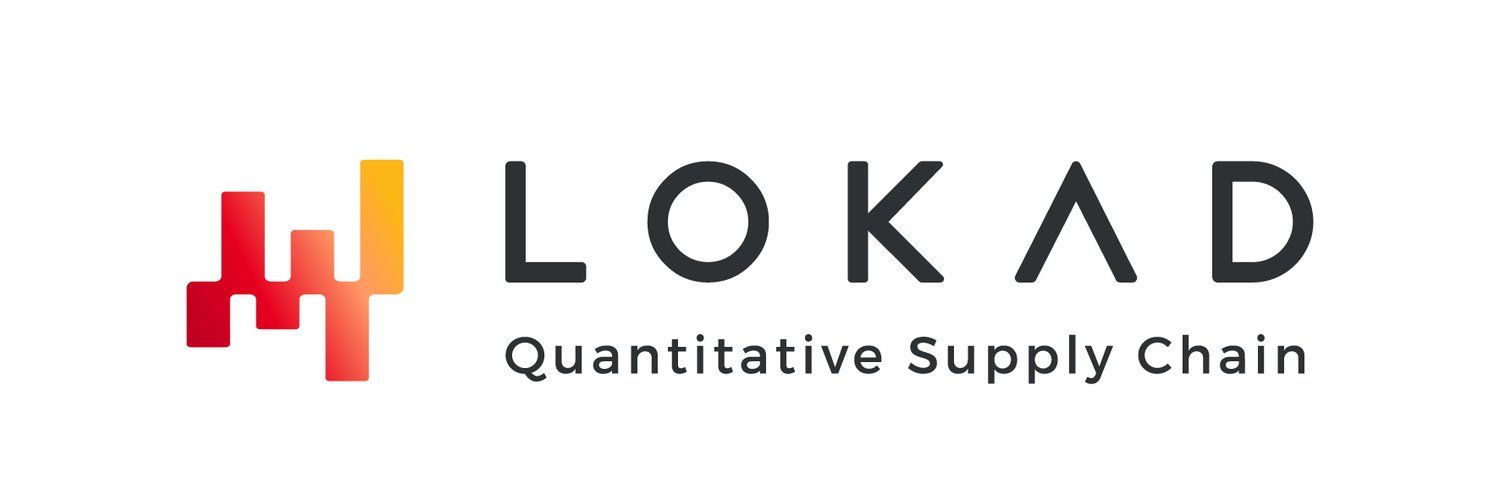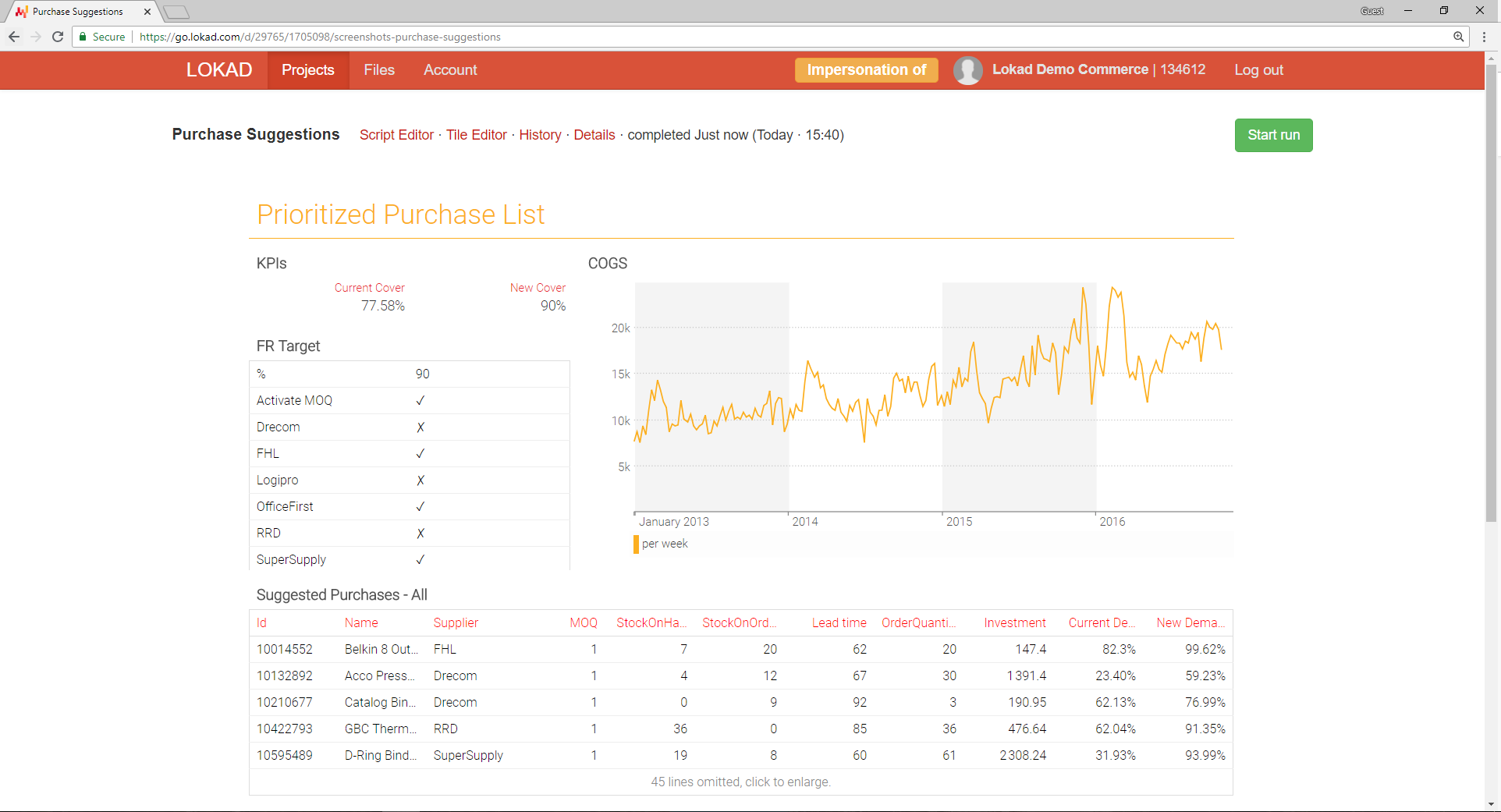
Lokad: Complete Buyer's Guide
Specialized AI forecasting platform for mid-market retailers
Lokad positions itself as a specialized AI forecasting platform targeting mid-market retailers through enterprise-grade probabilistic forecasting capabilities. Unlike traditional point-forecast solutions, Lokad generates demand distributions that enable risk-adjusted inventory decisions, particularly valuable for ecommerce businesses managing seasonal volatility and complex product catalogs[42][43].
Market Position & Maturity
Market Standing
Lokad occupies a specialized niche within the AI forecasting market, positioning itself as a sophisticated alternative to traditional point-forecast solutions through probabilistic modeling capabilities[42][43].
Company Maturity
The company demonstrates operational maturity through documented enterprise implementations across multiple industries, including major retailers like Worten and specialized supply chain operations like STS Component Solutions[52][53][57].
Industry Recognition
Industry recognition includes successful implementations across diverse sectors, with documented success in electronics retail, automotive parts distribution, and specialty consumer goods[51][52][53][54].
Longevity Assessment
Long-term viability appears supported by specialized market focus and documented customer success, though the platform's technical complexity and implementation requirements limit addressable market size compared to more accessible alternatives[40][42][52][54].
Proof of Capabilities
Customer Evidence
Worten, Portugal's largest electronics retailer, achieved 17.8% stockout reduction and 7.8% inventory reduction across 300+ stores while improving Net Promoter Score by 5 points[52][57]. STS Component Solutions provides compelling evidence of Lokad's effectiveness in specialized supply chains, achieving 60% inventory reduction in aircraft parts management over a 4-year implementation period[53].
Quantified Outcomes
Quantified business outcomes include €1M annual runtime savings documented in enterprise implementations, demonstrating clear ROI through forecast automation[52][57].
Market Validation
Market validation extends across multiple industries, with successful implementations in electronics retail, automotive parts distribution, apparel, and specialty consumer goods[40][42][51][52][53][54].
Competitive Wins
Competitive wins include displacement of traditional forecasting methods and manual processes, with customers consistently reporting superior accuracy compared to previous approaches[51][52][54].
Reference Customers
Reference customers span from SMB operations like 3 Sprouts to major retailers like Worten, demonstrating scalability across different organizational sizes and complexity levels[51][52][57].
AI Technology
Lokad's technical foundation centers on probabilistic forecasting architecture that generates demand distributions rather than single-point predictions, enabling risk-adjusted inventory decisions that traditional forecasting methods cannot provide[42][43].
Architecture
Machine learning architecture processes high-dimensional correlations across large-scale product-location combinations daily, with the system auto-configuring models to address erratic demand patterns common in ecommerce environments[40][42][46][52].
Primary Competitors
Primary competitors include Blue Yonder for supply chain execution integration, RELEX for inventory optimization, and various simpler forecasting platforms for basic demand planning[42][54].
Competitive Advantages
Competitive advantages center on probabilistic risk modeling capabilities that quantify uncertainty rather than attempting to eliminate it through point forecasts[43][48]. The proprietary Envision programming language provides customization flexibility unavailable in standardized solutions, particularly valuable for complex supply chains with unique economic constraints[44][48].
Market Positioning
Market positioning reveals Lokad's specialized niche focus on sophisticated forecasting capabilities rather than broad market appeal[42][43].
Win/Loss Scenarios
Win/loss scenarios show Lokad winning against traditional forecasting methods and manual processes when organizations possess dedicated technical resources and complex demand patterns[40][42][51][52].
Key Features

Pros & Cons
Use Cases
Integrations
Pricing
Featured In Articles
Comprehensive analysis of Sales Forecasting for Ecommerce for Ecommerce businesses and online retailers. Expert evaluation of features, pricing, and implementation.
How We Researched This Guide
About This Guide: This comprehensive analysis is based on extensive competitive intelligence and real-world implementation data from leading AI vendors. StayModern updates this guide quarterly to reflect market developments and vendor performance changes.
57+ verified sources per analysis including official documentation, customer reviews, analyst reports, and industry publications.
- • Vendor documentation & whitepapers
- • Customer testimonials & case studies
- • Third-party analyst assessments
- • Industry benchmarking reports
Standardized assessment framework across 8 key dimensions for objective comparison.
- • Technology capabilities & architecture
- • Market position & customer evidence
- • Implementation experience & support
- • Pricing value & competitive position
Research is refreshed every 90 days to capture market changes and new vendor capabilities.
- • New product releases & features
- • Market positioning changes
- • Customer feedback integration
- • Competitive landscape shifts
Every claim is source-linked with direct citations to original materials for verification.
- • Clickable citation links
- • Original source attribution
- • Date stamps for currency
- • Quality score validation
Analysis follows systematic research protocols with consistent evaluation frameworks.
- • Standardized assessment criteria
- • Multi-source verification process
- • Consistent evaluation methodology
- • Quality assurance protocols
Buyer-focused analysis with transparent methodology and factual accuracy commitment.
- • Objective comparative analysis
- • Transparent research methodology
- • Factual accuracy commitment
- • Continuous quality improvement
Quality Commitment: If you find any inaccuracies in our analysis on this page, please contact us at research@staymodern.ai. We're committed to maintaining the highest standards of research integrity and will investigate and correct any issues promptly.